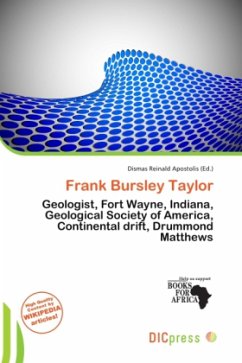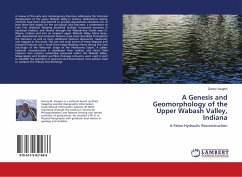Please note that the content of this book primarily consists of articles available from Wikipedia or other free sources online. Frank Bursley Taylor (1860 1938) was an American geologist, the son of a lawyer in Fort Wayne, Indiana. He was a Harvard dropout who studied privately financed in large part by his wealthy father. He became a specialist in the glacial geology of the Great Lakes, and proposed to the Geological Society of America on December 29, 1908[2] that the continents moved on the Earth's surface, that a shallow region in the Atlantic marks where Africa and South America were once joined, and that the collisions of continents could uplift mountains. His ideas were based on his studies on mountain ranges as the Andes, Rockies, Alps and Himalayas. He concluded that these mountains could have been formed only as a result of titanic lateral pressures that thrust the earth's surface upward. His theory was either ignored or opposed by other scientists of his time. Frank Bursley Taylor's ideas about continental drift were independently discovered by Alfred Wegener in Germany three years later, on January 1912, but even with Wegener's extensive extra research the idea did not achieve acceptance until the 1960s when a vast weight of evidence had accrued via Harry Hess, Fred Vine and Drummond Matthews.
Bitte wählen Sie Ihr Anliegen aus.
Rechnungen
Retourenschein anfordern
Bestellstatus
Storno








